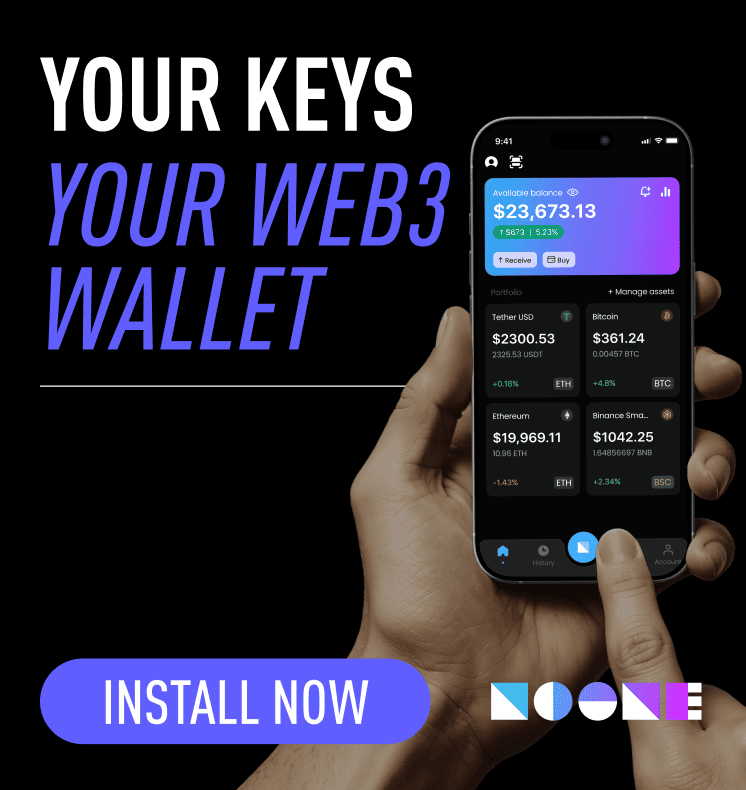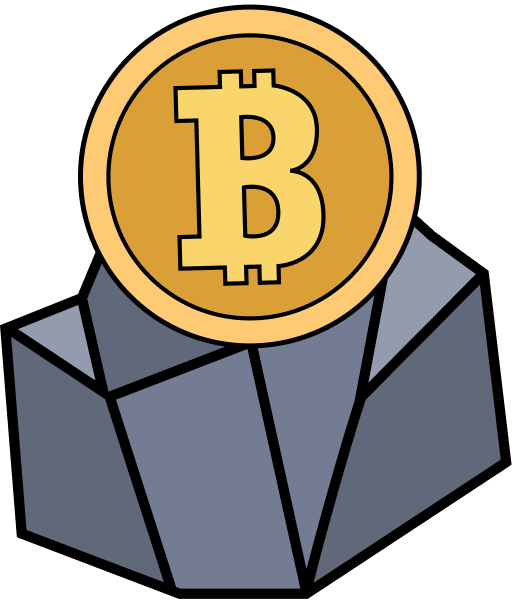
K1pool logo
K1Pool is a multi-asset mining platform that supports a wide selection of cryptocurrencies, including Bitcoin (BTC), Ethereum Classic (ETC), Monero (XMR), and several altcoins. It’s designed to give miners an accessible way to engage in decentralized mining without maintaining their own full nodes or technical infrastructure. K1Pool works well for both ASIC and GPU miners, offering solo and pooled mining for Bitcoin and alternative coins.
With tools for real-time monitoring, flexible reward systems, and a simple user interface, K1Pool appeals to both newcomers and experienced miners. Its support for various algorithms and emerging coins has made it a reliable choice among those looking to diversify their mining efforts.
What Is K1Pool?
K1Pool functions as a distributed mining service that lets users contribute hashpower from their own hardware to mine cryptocurrencies. The platform supports two main mining approaches:
-
Solo Mining: Miners operate independently through K1Pool’s backend infrastructure. If a block is found, the miner earns the full reward.
-
Pool Mining: Miners share computing power, and rewards are split among participants based on their contribution.
K1Pool supports a range of algorithms like SHA-256, Ethash, KawPow, and RandomX. This makes the platform compatible with a wide variety of mining hardware – from CPUs to ASICs. It also provides clear performance metrics and streamlined setup for each coin.
Understanding Mining Pools
A mining pool is a collective where multiple miners work together, combining their computational resources to increase their chances of solving blocks. Rewards are then distributed according to each participant’s share of the work.
Some pools, such as EntropyX (ENX) – now available through K1Pool – introduce advanced options like merge mining. This lets miners work on two or more chains simultaneously, such as Kaspa (CAU) and Bitnet Money (BTN), using the same hashpower. ENX, through its integration with K1Pool, allows payouts in CAU, streamlining the reward process and offering more earning potential.
For miners focused on altcoins, K1Pool supports solo mining for coins like Ethereum Classic (ETC) and Bitcoin Gold (BTG). These pools often cater to specific mining hardware types and algorithms such as ProgPowZ and KHeavyHash, enhancing efficiency and flexibility.
K1Pool’s integration with multi-algorithm and multi-coin options gives users the freedom to adjust strategies based on market trends and hardware capabilities.
Supported Coins and Merge Mining
K1Pool supports a wide range of cryptocurrencies, making it attractive for miners who want to diversify. Some of the key assets include:
-
Bitcoin (BTC) – Available for both solo and pool mining via the SHA-256 algorithm.
-
Ethereum Classic (ETC) – Continues to attract miners post-Ethereum merge, and K1Pool is a key platform supporting ETC mining.
-
Monero (XMR) – Mines using the RandomX algorithm, optimized for CPUs.
-
Ravencoin (RVN) – Mined with KawPow, suitable for GPU rigs.
-
Zcash (ZEC), Firo (FIRO), Beam (BEAM) and other emerging coins also feature on the platform.
The platform’s inclusion of merge mining pools means users can mine multiple coins at once using compatible algorithms, receiving payouts in their preferred currency, such as CAU.
How Solo Mining Works on K1Pool
Ordinarily, solo mining demands a full blockchain node and constant maintenance. K1Pool removes that burden by managing the node infrastructure for users.
Here’s how it works: a miner connects their rig to K1Pool, selects the solo option, and starts mining. If their system discovers a block, they receive the full reward, minus a small fee. This setup is ideal for users with significant hashpower who want full payout potential instead of sharing rewards.
Live stats for block height, expected rewards, and current difficulty help solo miners make informed decisions and track their mining performance.
Pool Mining for Altcoins
For users who prefer steadier returns, K1Pool’s altcoin mining pools allow multiple users to combine hashpower and share rewards. These rewards are usually calculated using either:
-
PPLNS (Pay Per Last N Shares) – Rewards based on shares contributed over time.
-
PPS (Pay Per Share) – Fixed reward per valid share submitted.
Each pool provides transparent earnings data and real-time updates. Payouts occur automatically once a minimum balance is reached, making it easier for miners to manage earnings, even with low-end hardware.
Features and User Tools
K1Pool offers practical tools designed to improve the mining experience:
-
Live Dashboard: Displays hashrate, active workers, payout history, and share acceptance.
-
Telegram Notifications: Receive updates, earnings alerts, and status checks directly via Telegram bot.
-
Worker Statistics: Each miner’s rig or worker is tracked separately, helping users troubleshoot or optimize setups.
-
API Integration: Developers and large-scale miners can use the API to pull data for custom dashboards or automation.
-
Global Servers: Low-latency connections through geographically distributed servers ensure minimal downtime.
These tools allow both casual miners and professionals to maintain mining operations efficiently with less micromanagement.
Getting Started with K1Pool
Setting up with K1Pool is straightforward and doesn’t require registration. Here’s a basic walkthrough:
-
Choose Your Coin: Visit the K1Pool site and select the coin you want to mine.
-
Download Mining Software: Each coin page lists recommended software, such as Gminer, PhoenixMiner, or XMRig.
-
Configure the Miner: Copy the server address and port, input your wallet address, and save the config.
-
Run the Miner: Launch your software. Statistics will begin showing in the dashboard once shares are submitted.
The “Quick Start” guide on the website is especially useful for beginners, offering step-by-step help without overwhelming technical language.
Fees and Payments
K1Pool’s fee structure is competitive and varies by coin and mining type:
-
Solo Mining: Typically 1.5% to 2%
-
Pool Mining: Usually 0.5% to 1.5%
Minimum payout thresholds are coin-dependent but generally low enough to allow frequent withdrawals. Users can also set custom thresholds where supported.
All payouts are automatic, sent directly to the wallet address linked during mining – no manual steps required.
Community and Platform Activity
While K1Pool doesn’t focus heavily on social media or marketing, it’s actively discussed in mining forums, Telegram groups, and Reddit threads. The platform’s minimalist approach has made it popular with miners who value performance and reliability over branding.
K1Pool’s email and Telegram-based support are known to be responsive, though not as expansive as larger enterprise-backed pools. Still, its reputation for uptime and clear earnings reports has helped build trust among independent miners.
Because the platform supports niche and experimental coins, it’s also a popular testing ground for miners looking to explore new opportunities before mainstream adoption.
Pros and Cons
Benefits
-
Wide range of supported coins and algorithms
-
No need to register an account
-
Options for solo and pool mining
-
Fast payouts and live performance stats
-
Merge mining capabilities
Drawbacks
-
No dedicated mobile app
-
Limited educational material for first-time miners
-
Interface only available in English
-
Less frequent updates compared to corporate-run pools
Despite these limitations, K1Pool remains a dependable choice for miners who want flexibility without unnecessary clutter.
Final Thoughts
K1Pool offers a no-nonsense, accessible mining experience that balances simplicity with power-user features. Whether you’re solo mining for maximum rewards or joining a pool for stable income, the platform provides tools that help both ends of the mining spectrum.
Its consistent performance, broad coin support, and transparent structure make it a trusted option in a fast-changing mining ecosystem. For miners who prefer utility over marketing, K1Pool delivers what matters: efficient mining with minimal friction.














 Twitter
Twitter
 Telegram
Telegram
